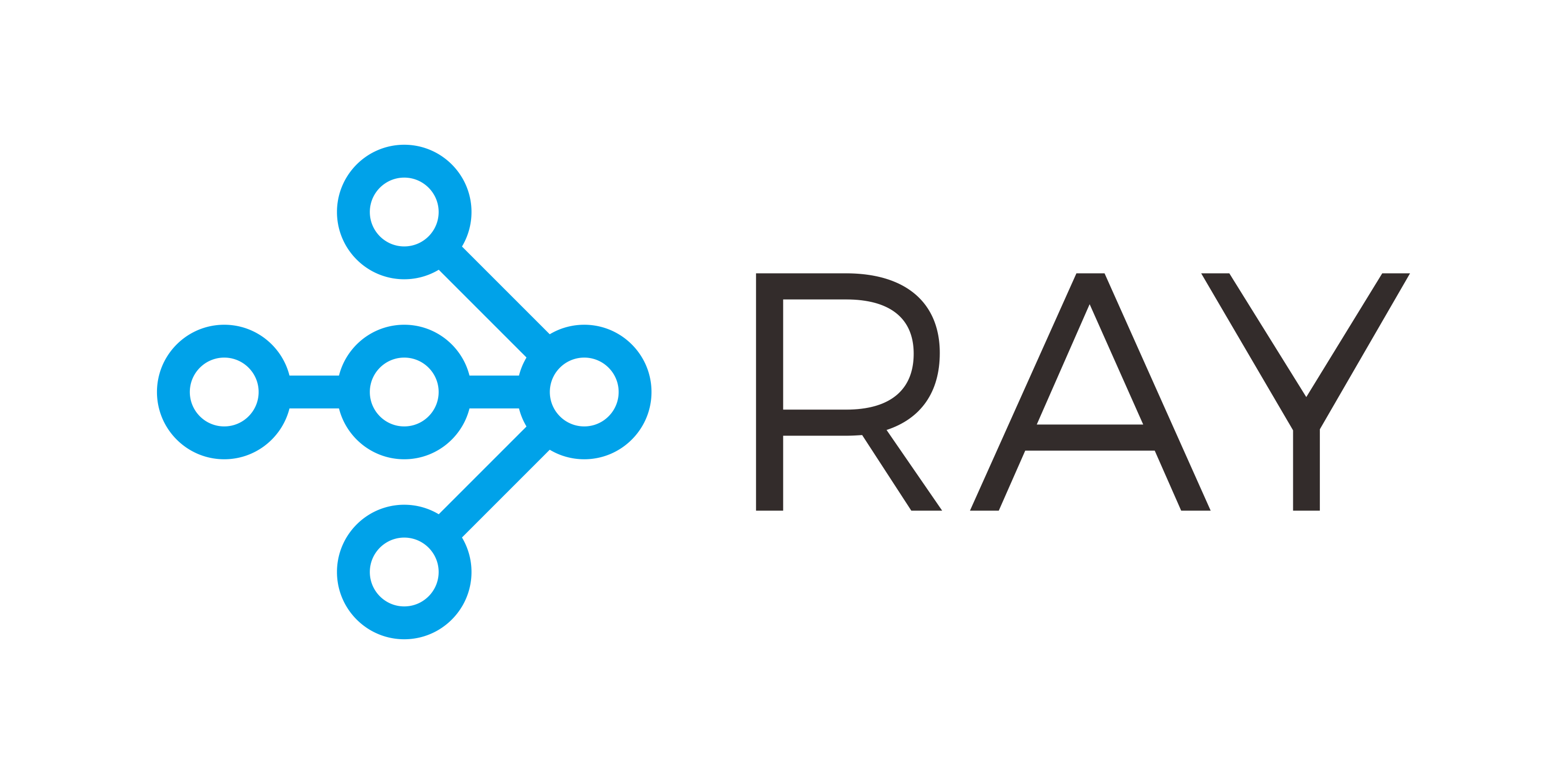https://github.com/ray-project/langchain-ray
Examples on how to use LangChain and Ray
https://github.com/ray-project/langchain-ray
fine-tuning-t5 generative-ai langchain langchain-python llm llms ray ray-air ray-distributed
Last synced: 5 months ago
JSON representation
Examples on how to use LangChain and Ray
- Host: GitHub
- URL: https://github.com/ray-project/langchain-ray
- Owner: ray-project
- License: apache-2.0
- Archived: true
- Created: 2023-04-24T22:35:29.000Z (over 2 years ago)
- Default Branch: main
- Last Pushed: 2023-06-14T17:58:44.000Z (over 2 years ago)
- Last Synced: 2024-06-11T19:35:34.938Z (over 1 year ago)
- Topics: fine-tuning-t5, generative-ai, langchain, langchain-python, llm, llms, ray, ray-air, ray-distributed
- Language: Python
- Homepage:
- Size: 18.6 MB
- Stars: 209
- Watchers: 8
- Forks: 46
- Open Issues: 6
-
Metadata Files:
- Readme: README.md
- License: LICENSE
Awesome Lists containing this project
- awesome-ray - LangChain-Ray
README
# 🦜️🔗 LangChain and Ray - repository of examples
© 2023, Anyscale Inc. All Rights Reserved

Welcome to the LangChain and Ray!
## Overview
LangChain and Ray are two Python libraries that are emerging as key components of the modern open source stack for LLMs (OSS LLMs). If you're a Python developer or a machine learning practitioner, these tools can be very helpful in rapidly developing LLM-based applications by making it easier to build and deploy these models.
This repo is as a go-to place for all technical examples and use cases on how to use these two libraries together.
## Examples
| Example | Code | Blog | Video |
|------------------------------------------|---------------------------------------------|-----------------------------------------------------------------------------------------------------|-----------------------------------------------------------|
| Open Source LLM Search Engine | [![github]](open_source_LLM_search_engine/) | [![article]](https://www.anyscale.com/blog/llm-open-source-search-engine-langchain-ray) | [![youtube]](https://www.youtube.com/watch?v=v7a8SR-sZpI) |
| Fast and Scalable Embedding Generation | [![github]](embedding_pdf_documents/) | [![article]](https://www.anyscale.com/blog/turbocharge-langchain-now-guide-to-20x-faster-embedding) | [![youtube]](https://www.youtube.com/watch?v=hGnZajytlac) |
| Retrival-Based Question Answering System | [![github]](open_source_LLM_retrieval_qa/) | [![article]]() | [![youtube]]() |
## Connect with the Ray community
You can learn and get more involved with the Ray community of developers and researchers:
* [**Ray documentation**](https://docs.ray.io/en/latest)
* [**Official Ray site**](https://www.ray.io/)
Browse the ecosystem and use this site as a hub to get the information that you need to get going and building with Ray.
* [**Join the community on Slack**](https://forms.gle/9TSdDYUgxYs8SA9e8)
Find friends to discuss your new learnings in our Slack space.
* [**Use the discussion board**](https://discuss.ray.io/)
Ask questions, follow topics, and view announcements on this community forum.
* [**Join a meetup group**](https://www.meetup.com/Bay-Area-Ray-Meetup/)
Tune in on meet-ups to listen to compelling talks, get to know other users, and meet the team behind Ray.
* [**Open an issue**](https://github.com/ray-project/ray/issues/new/choose)
Ray is constantly evolving to improve developer experience. Submit feature requests, bug-reports, and get help via GitHub issues.
* [**Become a Ray contributor**](https://docs.ray.io/en/latest/ray-contribute/getting-involved.html)
We welcome community contributions to improve our documentation and Ray framework.

[github]: https://technical-training-assets.s3.us-west-2.amazonaws.com/Generic/icons/github-icon.png "Check code here on GitHub"
[youtube]: https://technical-training-assets.s3.us-west-2.amazonaws.com/Generic/icons/youtube-logo-icon.png "Watch video walkthrough"
[article]: https://technical-training-assets.s3.us-west-2.amazonaws.com/Generic/icons/article-icon.png "Read article on the Anyscale blog"


